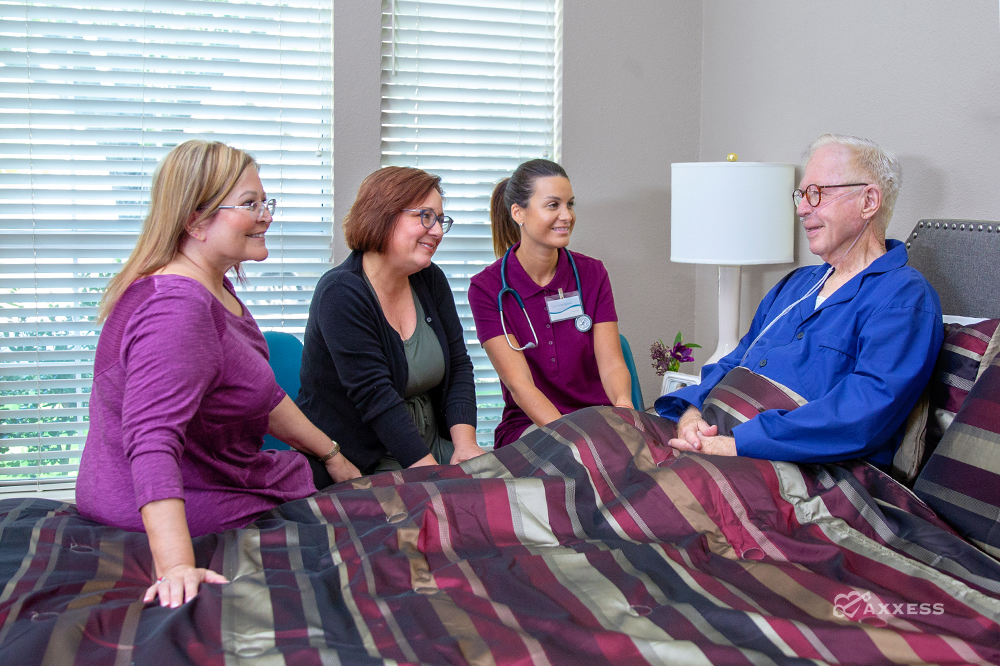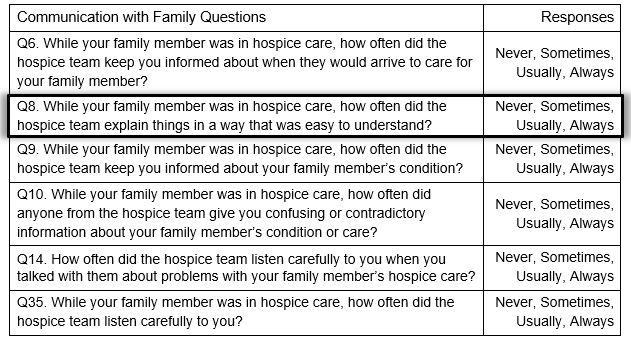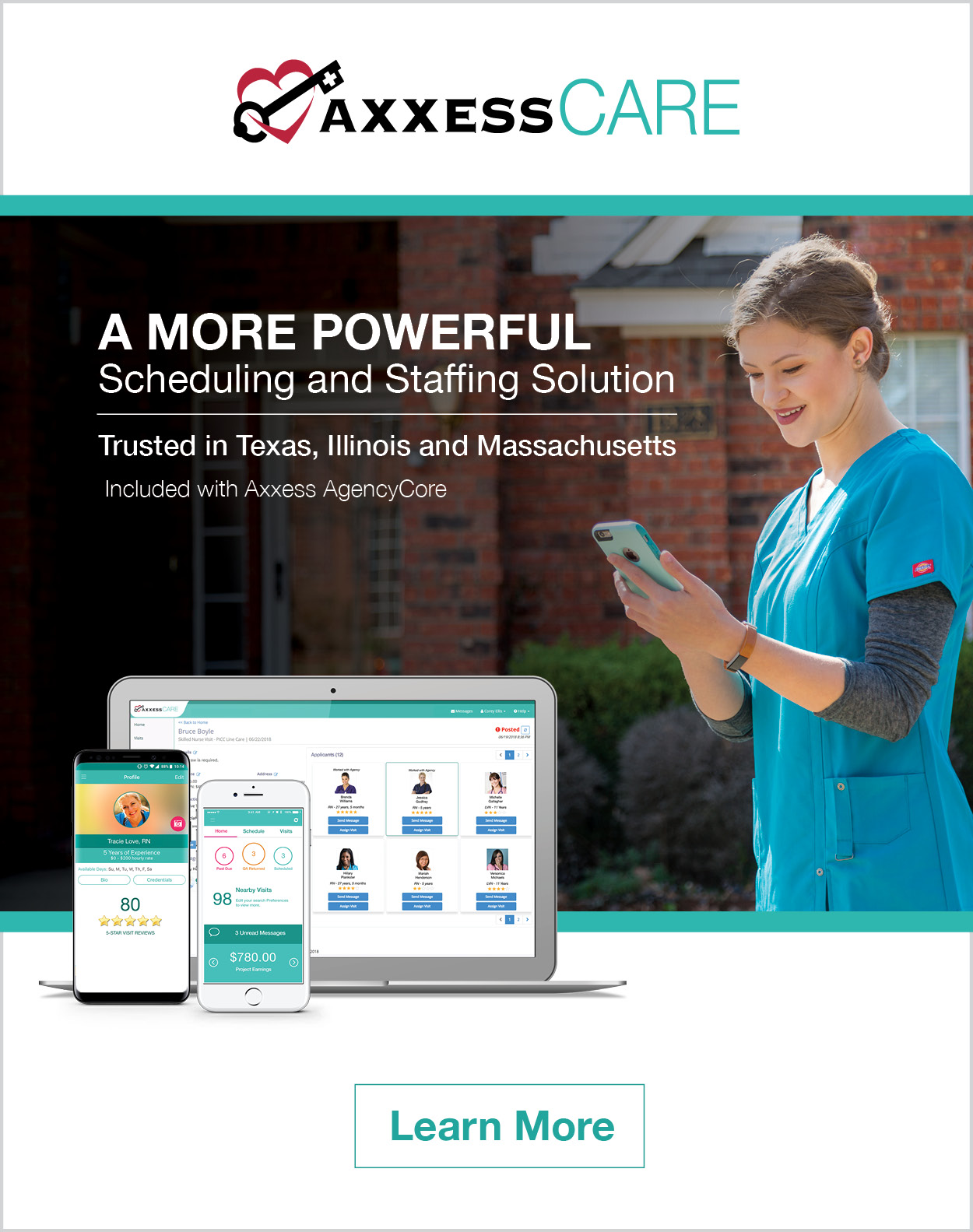
The Consumer Assessment of Healthcare Providers and Systems (CAHPS) Hospice Survey empowers hospice organizations by attracting referral sources, driving business growth, and sustaining compliance with industry regulations, including the current pay-for-reporting requirements and the shift to value-based care on the industry’s horizon. By evaluating hospice patient and caregiver experiences, the CAHPS Hospice Survey delivers valuable insights to hospice organizations and contributes to ongoing efforts to improve patient and family experiences. Understanding the impact of the CAHPS Hospice Survey and how to improve ratings is essential to hospices’ long-term growth and sustainability.
Question 8 – Communicating Clearly
Question 8 is one of six questions comprising the Communication with Family domain, designed to assess the hospice team’s communication proficiency.

This question evaluates the caregiver’s perception of how frequently the hospice team communicated in a way that was easy to understand. Optimizing performance on this question relies on the abilities of hospice care providers to elicit comprehension when communicating with patients and their families.
Tips to Improve Communication with Patients and Families
- Pay attention to learning and communication styles of individual patients and their family members to accommodate specific needs.
- Understand common barriers to effective communication, especially factors that frequently impact hospice patients, and how to sustain productive communication as obstacles arise.
- As an organization, provide training opportunities for staff members to meet and discuss communication difficulties, strategies, and best practices to continuously refine communication proficiency. Train on general communication skills and tactics and specific complexities of the hospice industry.
- Implement agency standards for communicating with patients and families, and continuously review and promote them as components of agency policy that providers are expected to use when communicating with care recipients. Examples include:
- Avoiding jargon
- Being specific and direct
- Encouraging questions reiteratively
- Confirming comprehension using teach-back techniques
- Repeating key points using different approaches and based on necessity (i.e., until comprehension is confirmed)
- Using agency-adopted teaching tools to supplement verbal instructions
Clear communication is fundamental to delivering care that improves patient lives. Communicating with family members is exceptionally critical in hospice care, since family members act as primary contact points for hospice providers’ consultation and decision-making throughout care. When communicating with patients and their family members, health literacy is an important concept for providers to understand.
An article published by the Association of American Medical Colleges discusses the importance of healthcare practitioner communication proficiency and references health literacy, defined by the Affordable Care Act, as “the degree to which an individual has the capacity to obtain, communicate, process, and understand basic health information and services in order to make appropriate health decisions.”
A study by the U.S. Department of Education found that only 12 percent of adults possess health literacy proficiency. Low health literacy obstructs optimal care experiences, burdens healthcare organizations financially, and can be detrimental to the health and well-being of patients. Healthcare providers are responsible for maintaining productive communication skills to combat low health literacy impacts, elicit comprehension, and facilitate an optimal care experience where patients and families are fully engaged in their care.
Health Literacy Best Practices in Hospice Care
The following best practices promote effective communication between hospice professionals and family members of hospice patients.
- Establish communicative partnerships with family members immediately. Family education and productive dialogue should begin immediately at the start of care and continue throughout the care continuum. All family members, as the patient identifies them, should integrate cohesively with the interdisciplinary team.
- Use systematic language when speaking with families. Instead of “Do you have any questions?” employ open-ended questions like “What questions do you have?” or “We reviewed a lot information. What can we review again?” Ask for questions multiple times per visit to demonstrate your interest in the caregiver’s ability to retain important information.
- Incorporate health literacy practices into existing agency procedures. Many hospice agencies routinely provide hospice care handbooks when care begins. Hospice professionals can easily integrate health literacy components into this existing practice by providing an initial review of the handbook’s key points and periodically reviewing important information as care progresses.
- Allow family members to help regulate the pace of new information. Caring for a family member in hospice can be an overwhelming experience for informal caregivers. The amount of new information and significant role of family members in hospice care can easily contribute to feelings of being overwhelmed. Educate family members on key components of care in segments and at a pace that is digestible for the recipient. Presenting information in sections will facilitate retention of new material and help family members feel prepared to manage their roles in the patient’s hospice care successfully.
The Agency for Healthcare Research and Quality (AHRQ) provides a library of health literacy tools targeting providers’ communication skills and dedicated to facilitating productive communication between healthcare providers and recipients.
Check our blogs for the series on improving CAHPS Hospice Survey scores by systematically reviewing each survey question and exploring opportunities for improvement. Our next installment will continue the discussion on optimizing communication between hospice care providers and recipients to improve the quality of patient and family lives.

